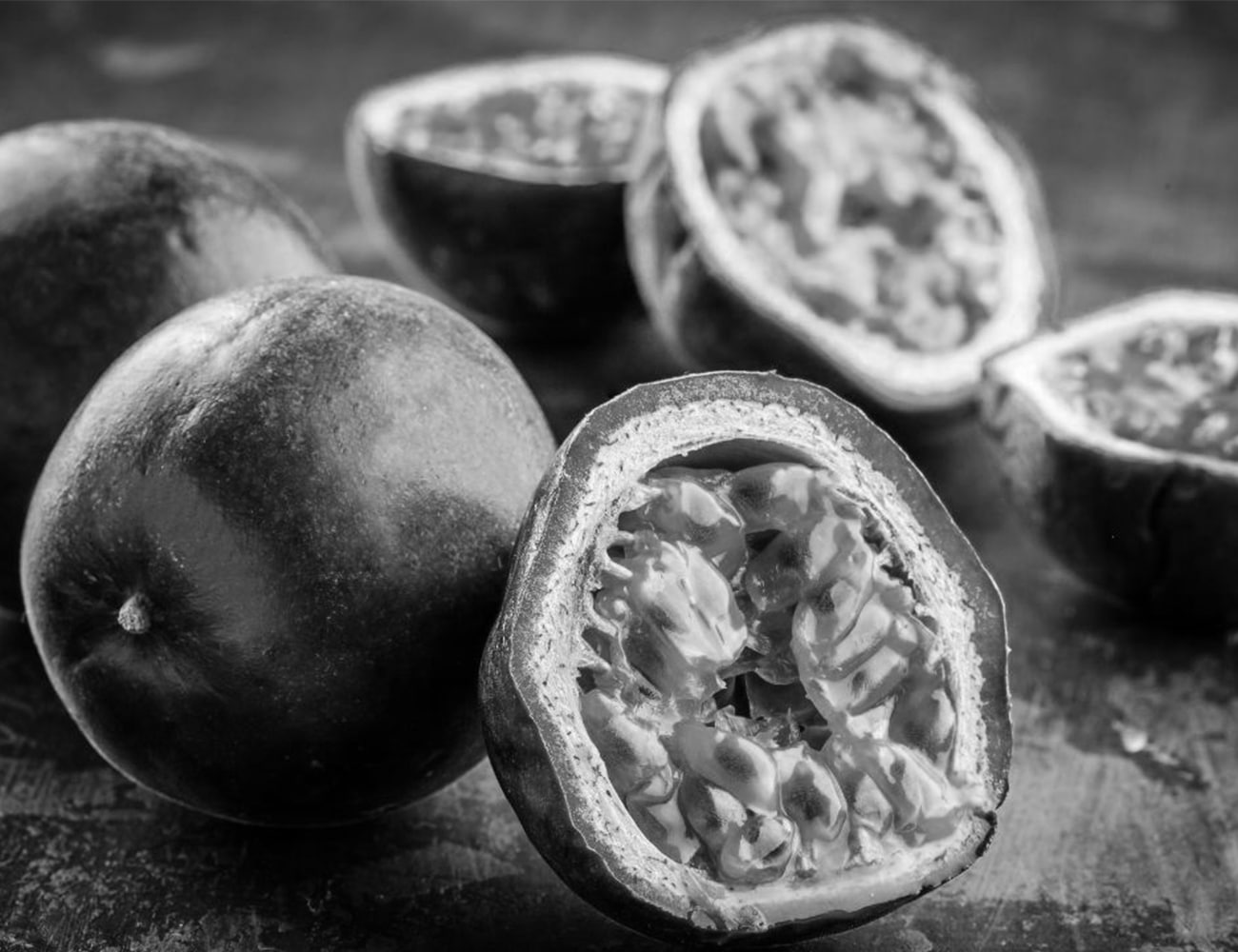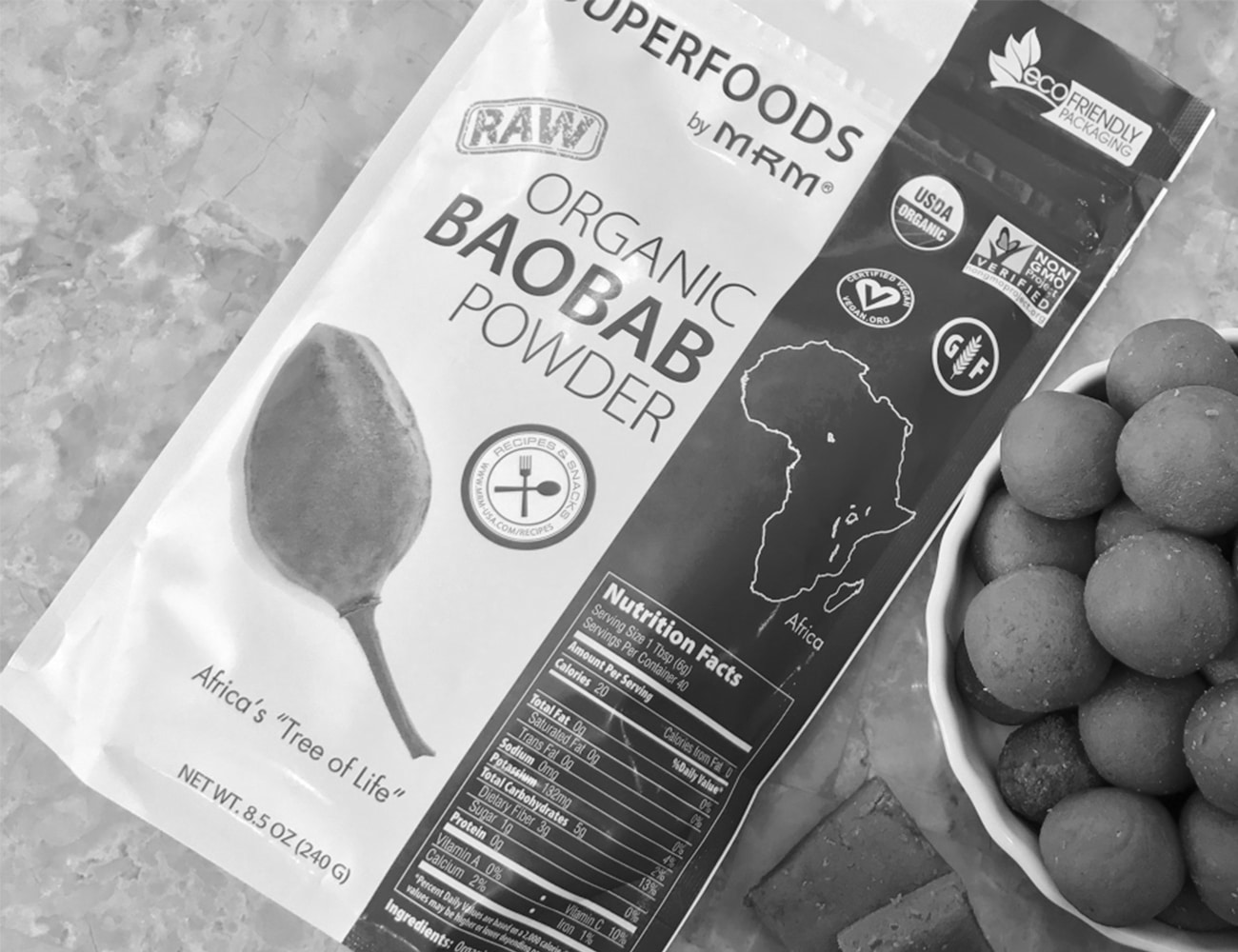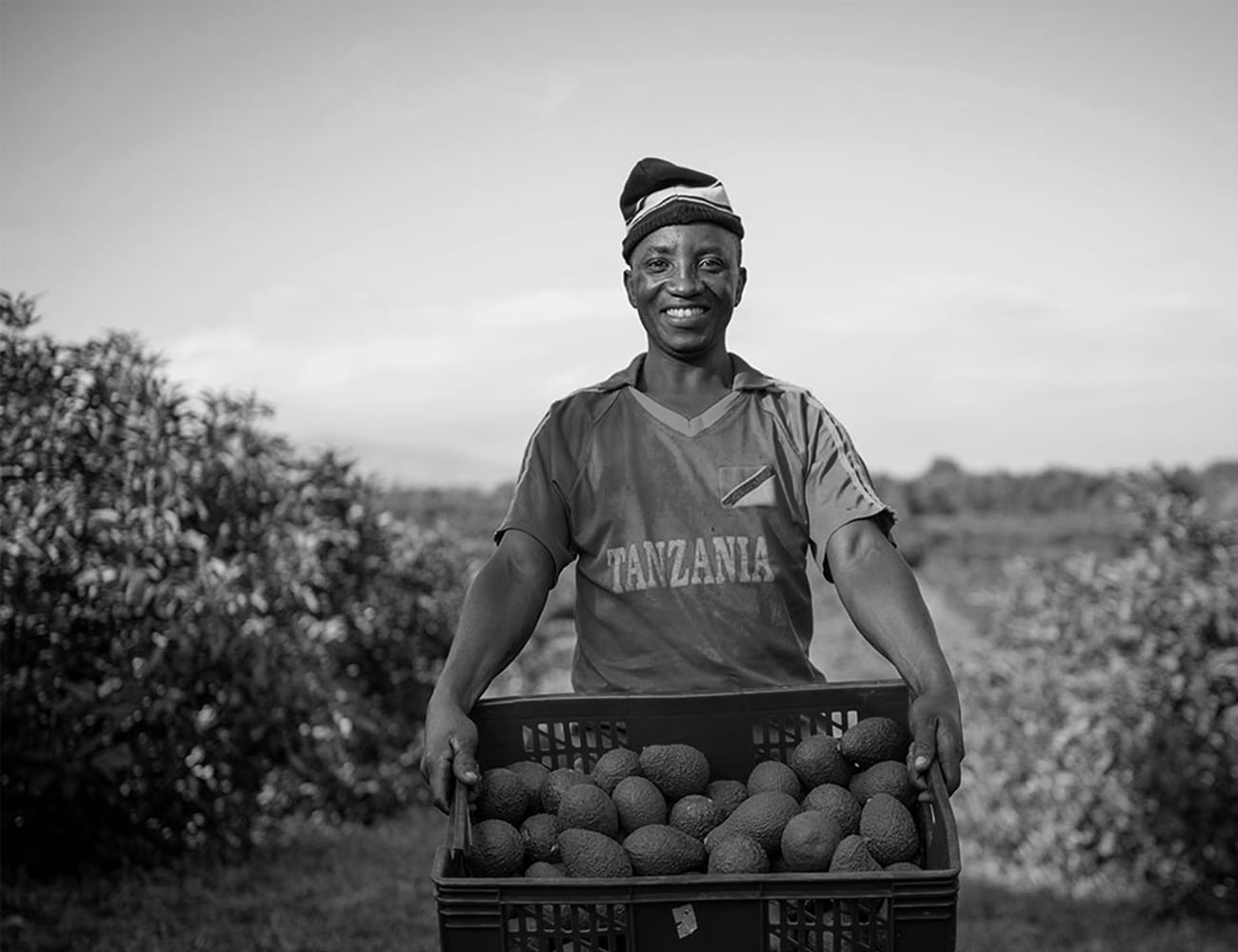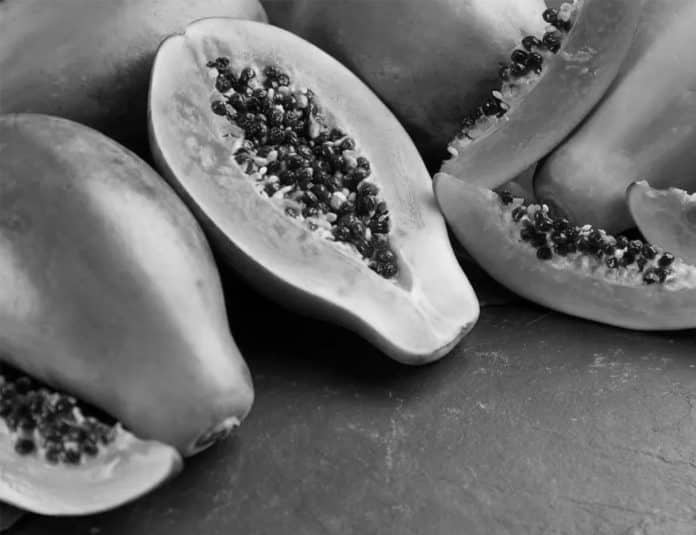Discover the Exotic and Nutritious Fruits of East Africa’s Tanzania
Step into paradise as we embark on a tantalizing journey through the exotic and nutritious fruits in Tanzania. East Africa fruits Tanzania has a diverse array of flavors and textures that will leave your taste buds tingling and your body nourished.
Tanzania, known for its breathtaking landscapes and vibrant culture, is also home to a wealth of unique fruits that thrive in its fertile soil and tropical climate. From the succulent sweetness of the jackfruit to the tart tang of the baobab fruit, each bite reveals a tantalizing taste of this enchanting region.
Our exploration will take us off the beaten path as we delve into the health benefits and rich history of these fruits, unraveling their traditional uses and medicinal properties. We’ll learn about the versatility of the passion fruit, the medicinal properties of the mabuyu fruit, and the refreshing qualities of the finger lime.
Join us on this mouthwatering adventure as we unlock the secrets of Tanzania’s fruit bounty, and discover how these extraordinary fruits can enhance your health and delight your senses.
Health benefits of Tanzanian fruits

East Africa fruits Tanzania are nutritious and would leave your taste buds asking for more. These fruits offer a wealth of health benefits. From boosting your immune system to improving digestion, these fruits are packed with essential vitamins, minerals, and antioxidants that promote overall well-being.
One popular fruit in Tanzania is the passion fruit. Bursting with vitamin C, this tropical delight helps strengthen the immune system and fight off colds and flu. It also contains fiber, which aids in digestion and promotes a healthy gut. Additionally, passion fruit is rich in antioxidants that protect against cell damage and reduce the risk of chronic diseases.
Another fruit with remarkable health benefits is the baobab fruit. This tangy superfruit is a powerhouse of nutrients. It is a great source of vitamin C, which supports collagen production and contributes to healthy skin and strong bones. The baobab fruit is also rich in fiber, promoting digestive health and preventing constipation. Additionally, it contains high levels of antioxidants, which protect against oxidative stress and inflammation.
The jackfruit, known for its sweet and tropical flavor, is not only delicious but also highly nutritious. This large fruit is a good source of vitamin A, which is essential for maintaining healthy vision and a strong immune system. It also contains potassium, which helps regulate blood pressure and supports heart health. Furthermore, jackfruit is rich in dietary fiber, aiding in digestion and promoting a healthy weight.
Popular fruits in Tanzania
Tanzania is home to a variety of popular fruits that are enjoyed by locals and visitors alike. These fruits are not only delicious but also represent a significant part of the country’s cultural heritage.
One of the most beloved East Africa fruits Tanzania is the mango. Known for its luscious sweetness and vibrant orange flesh, the mango is a tropical delight. It is enjoyed fresh, juiced, or used in a variety of culinary dishes. The mango season in Tanzania typically runs from November to February, when the fruit is at its peak ripeness and flavor.
Another popular fruit is the pineapple. Tanzania’s warm climate provides the perfect conditions for growing sweet and juicy pineapples. With their golden color and refreshing taste, pineapples are a favorite snack and a common ingredient in fruit salads and desserts. They are also a rich source of vitamin C and manganese, which are essential for healthy bones, skin, and immune function.
Bananas are another staple fruit in Tanzania. With their creamy texture and natural sweetness, bananas are enjoyed both as a snack and as an ingredient in various dishes. Tanzania is known for its wide variety of bananas, including the popular East African Highland bananas, which are larger and sweeter than their counterparts. Bananas are not only delicious but also a good source of potassium, vitamin C, and dietary fiber.
Unique and lesser-known fruits in Tanzania

While Tanzania is home to popular fruits like mangoes and pineapples, it is also a treasure trove of unique and lesser-known fruits that offer a delightful surprise to adventurous eaters.
One such fruit is the mabuyu, also known as the baobab fruit. This peculiar fruit has a hard shell and a powdery pulp that is packed with nutrients. The mabuyu fruit is traditionally sun-dried and then ground into a powder, which is mixed with water or added to dishes. It has a tangy and slightly sweet flavor, and is often used in traditional Tanzanian cuisine. The mabuyu fruit is believed to have medicinal properties, such as aiding digestion and improving oral health.
Another lesser-known fruit is the finger lime. This unique fruit resembles a small cucumber and contains tiny, caviar-like pearls filled with tangy juice. Native to Australia but also found in Tanzania, finger limes are gaining popularity for their refreshing taste and unusual texture. They are often used as a garnish or added to salads, cocktails, and desserts. Finger limes are rich in vitamin C and antioxidants, making them a nutritious addition to any diet.
Traditional uses of Tanzanian fruits
East Africa fruits Tanzania has a long history of traditional uses beyond simply being enjoyed as a snack. These fruits have been utilized for their medicinal properties, culinary versatility, and cultural significance.
In Tanzania, the mabuyu fruit has been used for centuries in traditional medicine. The powdered form of the fruit is believed to aid digestion, relieve diarrhea, and alleviate symptoms of an upset stomach. It is also used as a natural remedy for toothaches and gum infections. Additionally, the mabuyu fruit is often used in cooking to add a tangy flavor to dishes or as a natural food coloring agent.
The baobab fruit, with its high nutritional content, has also been used in traditional African medicine. It is believed to have anti-inflammatory properties and is used to treat various ailments, including fever, diarrhea, and respiratory infections. The bark and leaves of the baobab tree are also used in traditional medicine for their healing properties. Furthermore, the baobab fruit pulp is used to make a refreshing drink called “ubuyu,” which is enjoyed by locals and tourists alike.
The passion fruit, known for its aromatic flavor and vibrant color, is often used in traditional Tanzanian desserts and beverages. It is used to make refreshing juices, sorbets, and ice creams. The passion fruit pulp is also mixed with sugar to make a sweet and tangy sauce that is drizzled over cakes and other desserts. In addition to its culinary uses, the passion fruit is believed to have calming properties and is used in traditional medicine to promote relaxation and reduce anxiety.
Nutritional value of Tanzanian fruits
Not only are East Africa fruits Tanzania delicious, but they are also packed with essential nutrients that contribute to a healthy diet. These fruits are a rich source of vitamins, minerals, fiber, and antioxidants, making them a nutritious addition to any meal or snack.
The passion fruit, for example, is a great source of vitamin C, vitamin A, and dietary fiber. It also contains potassium, iron, and antioxidants, which contribute to overall health and well-being. The mango, another popular fruit in Tanzania, is rich in vitamin C, vitamin A, and folate. It also provides a good amount of dietary fiber and antioxidants.
The baobab fruit is known for its exceptional nutritional profile. It is high in vitamin C, calcium, potassium, and fiber. It is also rich in antioxidants, such as polyphenols and flavonoids, which help protect against oxidative stress and inflammation.
The jackfruit, with its sweet and tropical flavor, is a good source of vitamin A, vitamin C, and potassium. It also provides dietary fiber and antioxidants, which support digestion and overall health.
Growing and harvesting Tanzanian fruits

Tanzania’s tropical climate and fertile soil provide ideal conditions for growing a wide variety of fruits. Many of these fruits are grown on small-scale farms, where traditional agricultural practices are still employed.
The mango, for example, thrives in Tanzania’s warm climate and is grown in various regions across the country. Mango trees require well-drained soil and plenty of sunshine to produce high-quality fruit. The mango season typically starts in November and lasts until February, with different varieties ripening at different times. During the harvesting season, farmers carefully handpick the ripe mangoes, ensuring they are at their peak of sweetness and flavor.
Pineapples are another fruit that flourishes in Tanzania’s tropical climate. They are typically grown in well-drained soil and require warm temperatures and plenty of sunlight. Pineapples are harvested when the fruit turns golden in color and develops a sweet aroma. Farmers use a sharp knife to cut the pineapple from the plant, ensuring that the fruit is undamaged and ready for consumption.
Bananas are widely cultivated in Tanzania, with several varieties grown throughout the country. The East African Highland bananas, in particular, are highly valued for their sweet flavor and versatility. Bananas thrive in the tropical climate and are typically grown in small-scale plantations. When the bananas are fully mature, farmers cut down the bunches and transport them to local markets for sale.
Culinary uses of Tanzanian fruits
East Africa fruits Tanzania can be enjoyed fresh and used in a variety of culinary dishes, adding a burst of flavor and vibrancy to traditional Tanzanian cuisine.
Mangoes, with their sweet and juicy flesh, are a popular ingredient in Tanzanian desserts and beverages. They are often used to make refreshing mango juice, smoothies, and milkshakes. Mangoes are also sliced and added to fruit salads, providing a tropical twist to this classic dish. In addition, mangoes are used in traditional Tanzanian dishes, such as curries and chutneys, adding a touch of sweetness and depth of flavor.
Pineapples, with their tangy and refreshing taste, are commonly used in both sweet and savory dishes. They are often juiced or blended to make tropical cocktails and mocktails. Pineapples are also used in salads, salsas, and grilled dishes, adding a burst of flavor and a hint of sweetness. In Tanzanian cuisine, pineapples are sometimes cooked with meat or seafood to create a unique and delicious flavor combination.
Bananas, being a staple fruit in Tanzania, are used in a variety of ways. They are enjoyed fresh, added to breakfast porridge, or mashed and used as a base for smoothies and milkshakes. Bananas are also a key ingredient in traditional Tanzanian dishes, such as matoke (stewed bananas) and ndizi na nyama (bananas with meat). In addition, bananas are often sliced and added to desserts, pancakes, and baked goods.
Where to find Tanzanian fruits

If you’re lucky enough to visit Tanzania, you’ll find an abundance of fresh fruits available in local markets, roadside stalls, and even on the trees themselves. The best place to find Tanzanian fruits is in the bustling markets of major cities like Dar es Salaam, Arusha, and Zanzibar.
In Dar es Salaam, the Kariakoo Market is a popular destination for both locals and tourists. Here, you’ll find a vibrant array of fruits, including mangoes, pineapples, bananas, and passion fruit. The market is a feast for the senses, with vibrant colors, enticing aromas, and friendly vendors eager to share their produce.
Arusha, known as the gateway to Tanzania’s famous national parks, is home to the Maasai Market. This bustling market offers a unique shopping experience, where you can browse through a variety of fresh fruits, spices, and traditional crafts. Here, you’ll find an abundance of mangoes, pineapples, and bananas, as well as lesser-known fruits like mabuyu and finger limes.
On the enchanting island of Zanzibar, the Forodhani Night Market is a must-visit for food lovers. This vibrant market comes alive in the evenings, offering a wide selection of street food, including fresh fruits and juices. Here, you can indulge in the flavors of Tanzania’s tropical fruits while enjoying the lively atmosphere and stunning views of the Indian Ocean.
Exploring the flavors of Tanzania
Fruits in Tanzania are a true delight for the senses. From the succulent sweetness of the mango to the tangy tang of the passion fruit, each bite reveals a tantalizing taste of this enchanting region. Beyond their delicious flavors, these fruits offer a wealth of health benefits and a glimpse into Tanzania’s rich cultural heritage.
Whether you’re exploring the bustling markets of Dar es Salaam, trekking through the national parks of Arusha, or relaxing on the pristine beaches of Zanzibar, be sure to indulge in the flavor of Tanzania. Discover the unique and lesser-known East Africa fruits Tanzania that thrive in this tropical paradise, and savor each bite as you embark on a mouthwatering adventure through the exotic and nutritious fruits of East Africa’s Tanzania.
For more articles related to Fruits in Tanzania, click here!

























